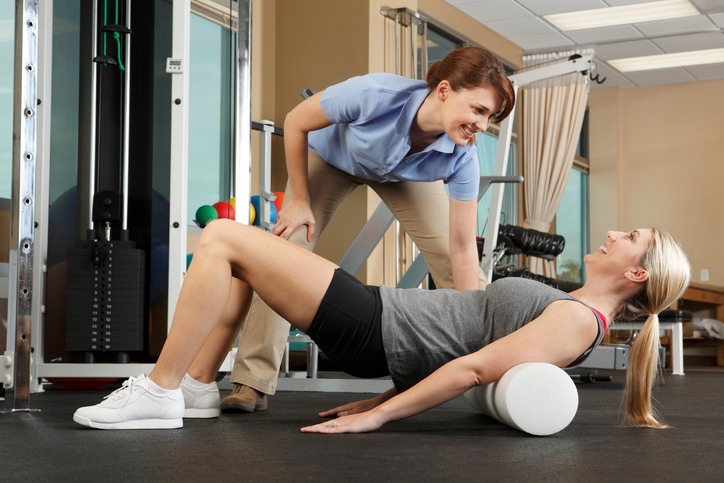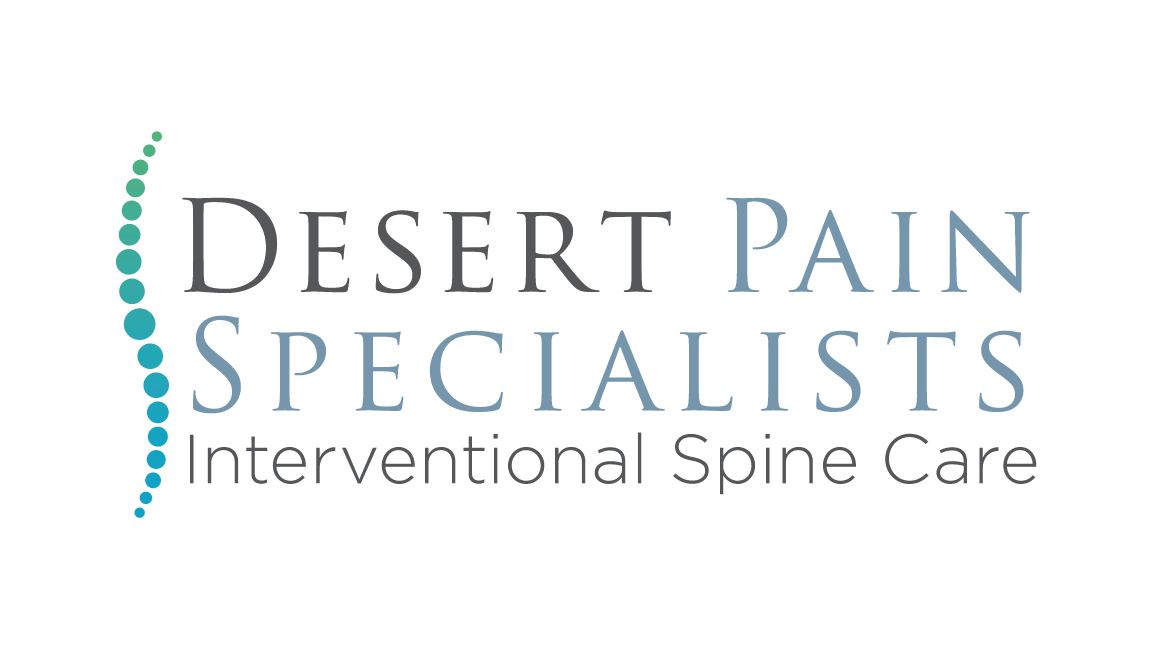Whether due to an old injury, a sedentary lifestyle, or aging, lower back pain is a common ailment affecting millions of people worldwide. Dealing with chronic back pain can make it hard to lead an active lifestyle. Yet, you’ve probably heard that exercise can relieve lower back pain. The key is to engage in targeted exercises to alleviate pain while protecting your back. Here’s everything you need to know about supporting and strengthening your body with stretches and exercises for lower back pain.

How to Protect Your Back & Stay Active
The back is a complex structure of bones, muscles, nerves, and other tissues all working together to support the body. Back pain is often the result of weak muscles, a lack of flexibility, or underlying health conditions. Incorporating lower back pain exercises specifically designed to strengthen and stretch your muscles is the key to preventing and managing back pain.
Core Strengthening Exercises
A strong core—which includes the muscles in your abdomen, back, sides, pelvis, and buttocks—is imperative to support the spine and reduce the risk of back pain. Here are a few core-strengthening exercises to try:
- Planks: Lie on your stomach and lift your body off the ground, supporting yourself on your forearms and toes. Keep your body in a straight line from head to heels. Hold for 30 to 60 seconds.
- Bird dog: Start on all fours. Extend your right arm forward and left leg back, keeping your body in a straight line. Hold for a few seconds, and then switch sides.
- Bridge: Lie on your back with knees bent and feet flat on the ground. Lift your hips toward the ceiling to form a straight line from your shoulders to your knees. Hold for a few seconds, and then lower back down. Repeat 10 times.
- Dead bug: Lie on your back with arms extended toward the ceiling, knees bent over your hips, and lower legs parallel to the floor. Slowly lower your right arm and left leg to the floor, keeping your back flat. Return to the starting position and switch sides.
- Side plank: Lie on your side with your legs straight. Prop yourself up with your forearm so your body forms a diagonal line. Hold your hips up for 30 to 60 seconds, then switch to the other side.
Stretching and Flexibility Exercises
Stretching alleviates muscle tension in the back and improves flexibility. Try these stretches for lower back pain relief:
- Cat-cow stretch: While on all fours, arch your back toward the ceiling and tuck your chin toward your chest, known as the cat pose. Then, dip your back so your belly extends toward the floor and tilt your head back, known as the cow pose. Alternate between these poses 10 times.
- Knee-to-chest stretch: Lying on your back, pull one knee toward your chest, holding it with your hands. Hold for 15 to 20 seconds, and then switch legs.
- Child’s pose: Sit back on your heels with your knees apart and stretch your arms forward on the ground, lowering your chest between your knees. Hold for 30 to 60 seconds.
- Seated spinal twist: Sit on the floor with your legs extended in front of you. Bend your right knee and place your right foot on the other side of your left knee. Twist your torso to the right, placing your left elbow against your right knee. Hold for 15 to 20 seconds, and then switch sides.
- Piriformis stretch: Lie on your back with both knees bent and feet flat on the floor. Place your right ankle on your left knee. Gently pull your left thigh toward your chest until you feel a stretch in your right buttock. Hold for 15 to 20 seconds, and then switch legs.
- Pelvic tilt: Lie on your back with knees bent, feet flat, and arms by your sides. Flatten your back against the floor by tightening your abs and tilting your pelvis up slightly. Hold for 10 seconds and release. Repeat 10 times.
Low-Impact Aerobic Activities
Aerobic exercise increases your heart rate and blood flow, promoting healing and strength. The key is to engage in low-impact exercises to avoid straining your back. Here’s what to try:
- Walking: As one of the simplest and most accessible forms of exercise, walking requires no special equipment besides a good pair of shoes. When walking, focus on maintaining good posture—keep your head up, shoulders back, and belly tight. Start with shorter distances and gradually increase as your back becomes stronger.
- Swimming: Swimming and water aerobics are particularly beneficial for people with back pain because water buoyancy reduces weight-bearing stress on the spine and joints. At the same time, water provides resistance that helps strengthen your back and core muscles.
- Cycling: Riding your bike, whether outdoors or on a stationary bike, is another excellent low-impact exercise. It builds endurance and leg strength while minimizing stress on the back, particularly when using a recumbent stationary bike. Start with shorter sessions and gradually increase the duration as your fitness improves.
- Elliptical training: An elliptical machine is a great alternative to running that minimizes stress on the back and joints. Adjust the resistance and incline to tailor your workout to your fitness level. Aim for 20- to 30-minute sessions to start, focusing on maintaining good posture throughout.
Relieving Pain, Restoring Hope
At Desert Pain Specialists, we know that chronic back pain can drastically impact your life. That’s why we offer cutting-edge pain management solutions tailored to your specific needs. Our local physicians provide the most appropriate care for your type of pain, utilizing a comprehensive and multi-disciplinary approach that includes advanced treatments and regenerative medicine. If you’re struggling with back pain, contact us at (435) 216-7000 to schedule a back pain consultation at one of our clinics in St. George, Cedar City, Mesquite, or another Utah or Nevada location near you.

